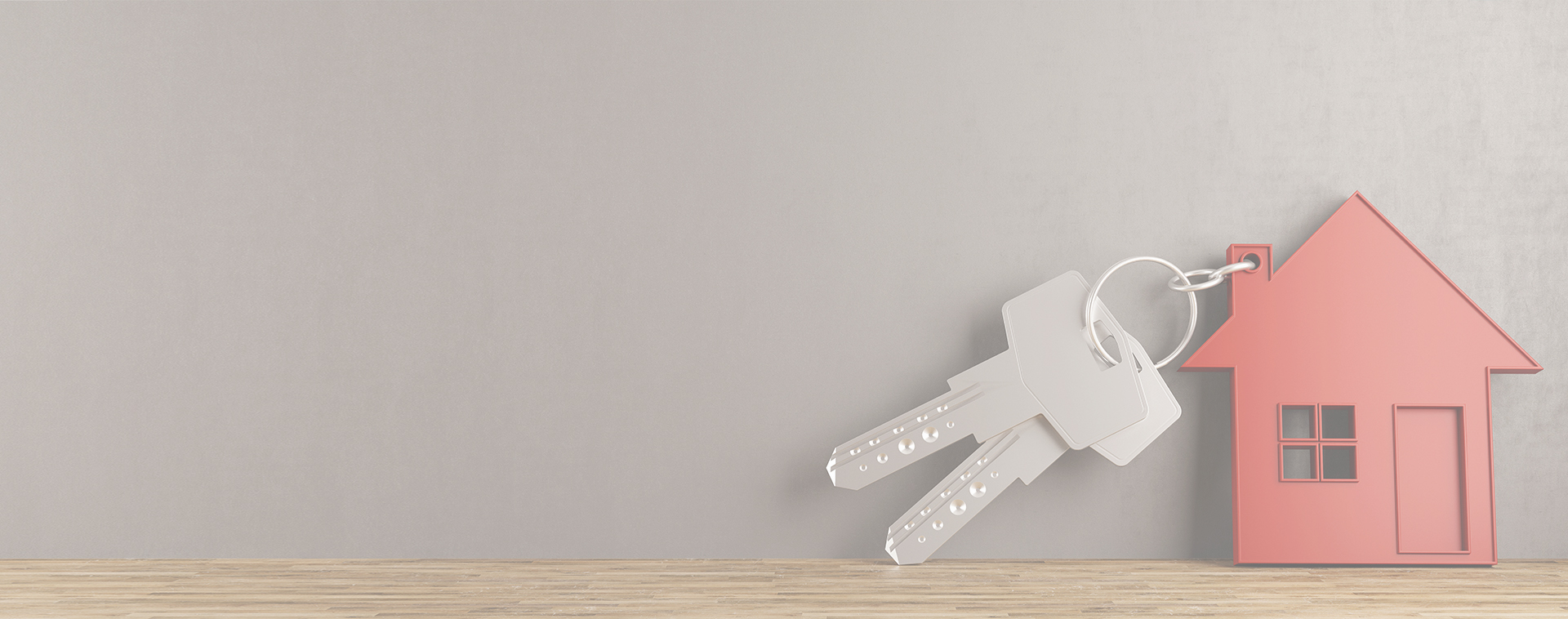Interest-only Mortgages
An interest-only mortgage is a mortgage where you only make monthly interest payments on the principal amount borrowed. At the end of the mortgage term, the principal will be owed to the lender. Some people use the money they save within the repayment period to invest and hopefully make a profit before having to repay the principal. These mortgages gained popularity after the 2008 financial crash and have since been harder to secure.
There are variations of an interest-only mortgage where the principal is only repaid from the homeowner’s estate after death or if the property is sold, namely a retirement interest-only mortgage. This is an option for seniors wanting to release equity during retirement.
Buy-to-Let Mortgages
Buy-to-Let mortgages, also known as BTL mortgages, are mortgages used by landlords. If you plan to buy a property as a rental investment, you will need one of these mortgages rather than a residential mortgage. There are different types of BTL mortgages, and the most advantageous deal for you can be determined with professional mortgage advice.
Help-to-Buy Mortgages
The UK Government has recently launched a new scheme designed to help first-time property buyers get a mortgage and access a better deal using a bigger down payment.
The latest help-to-buy mortgage scheme requires first-time buyers to have just a 5% deposit, with the government providing an interest-free equity loan for the first five years to increase the down payment. With a bigger deposit, you don’t just increase your chances of getting a mortgage but also improve the potential to secure a more advantageous mortgage deal.
You must meet strict eligibility criteria, and there are valuation caps on the property you can buy using a help-to-buy mortgage. The value of the property you can buy differs by region.
Offset Mortgages
An offset mortgage uses savings held in a bank account with the mortgage lender to offset the principal owed and save money on interest. For example, if you have a £200,000 mortgage with a bank and a savings account with the same bank containing £10,000, then the interest is only payable on £190,000 (mortgage balance minus savings).
Thus, your linked savings account offsets the mortgage balance to potentially help you save on interest payment only. You must still repay the principal of the loan. Sometimes these mortgages have a higher interest rate and may not be beneficial.


